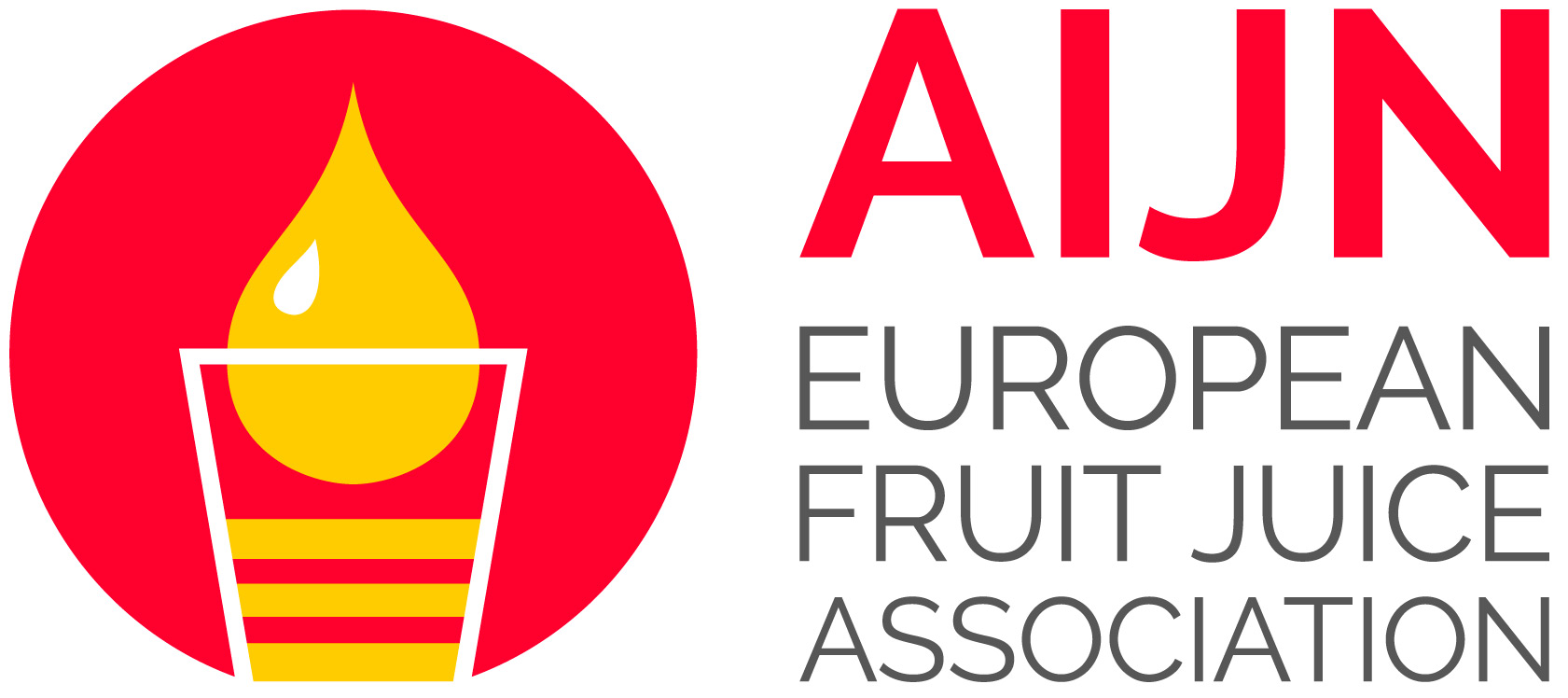Publications
Front-of-pack Nutrition Labelling - Let’s get it right!
On May 2020, the European Commission published the report on front-of-pack nutrition labelling (FOPNL). The report analyses the impact of FOPNL on consumers, finding that such schemes help consumers make health-conscious food choices, especially when the label features colour-coding combined with a summary indicator. It also analyses the impact on businesses, finding that evaluative FOPNL labels may encourage food reformulation. However, one of the conclusions is also that the use of different FOP schemes in the internal market could result in certain costs for businesses as well as consumer confusion and lack of trust. The report concludes that a harmonised FOP nutrition labelling at EU-level is needed.
Front of Pack Nutritional Labelling schemes might have a substantial impact on health in Europe. The scoring system found on products in the supermarket has the capacity to improve dietary habits, much more than dietary guidelines ever have. It is therefore essential that the system chosen is based on a scientific argumentation, taking into account the entire composition of a product (micronutrients included), and thus sending a clear and non-contradictory message to consumers across Europe, as to how different products fit their healthy and balanced diet and lifestyle.
But what system works best? And how do we simplify complex food matrices into a few categories?
That is the real challenge that lies ahead for European legislators. We need a system based on a concept, that takes the micro-nutrients into account. A concept that reflects how food is absorbed by the human body. A concept that is not just ingredient based, but one that takes the contribution of the food as a whole into account, rather than an ingredient-based scoring system. If these concepts are mainly focusing on the macro-nutrients or ingredients, we risk facing important inconsistencies in the communication towards consumers.
Imagine 100% fruit juice being categorized as similar to a candy bar, whereas fruit juice is just fruit juiced.
It is well-accepted that fruits contain many different nutrients and plant compounds, but what about fruit juices? One of the key facts that needs to be retained when discussing any FOPNL system is that fruit juices are derived from fruits. They have a similar composition to fruits they are made of, containing most of the beneficial constituents that are naturally present in fruit, and a sugar content identical to that in the fruits from which they have been squeezed, as they are undergoing processing that does not significantly alter the nutritional composition of fruits and vegetables (except for fibres). Furthermore, as per the Directive 2012/12/EU fruit juices cannot be reformulated, and components such as preservatives, sugars, sweeteners, colourants, cannot be added to fruit juice. As such, fruit juices have a significant role to play in increasing the overall fruit and vegetable consumption which is to date insufficient in European population. Any FOPNL system should thus appropriately rate positive nutritional properties of fruit and vegetable juices, and recognise that fruit and vegetable juices have health benefits.
So let’s Get it right when introducing Front of Pack Nutritional Labelling.
